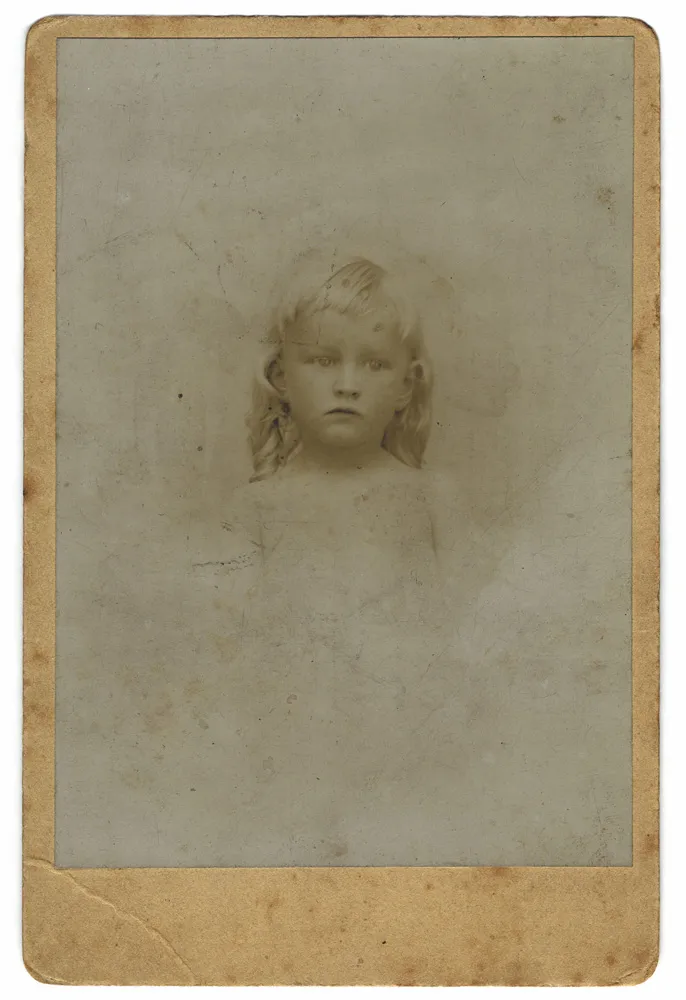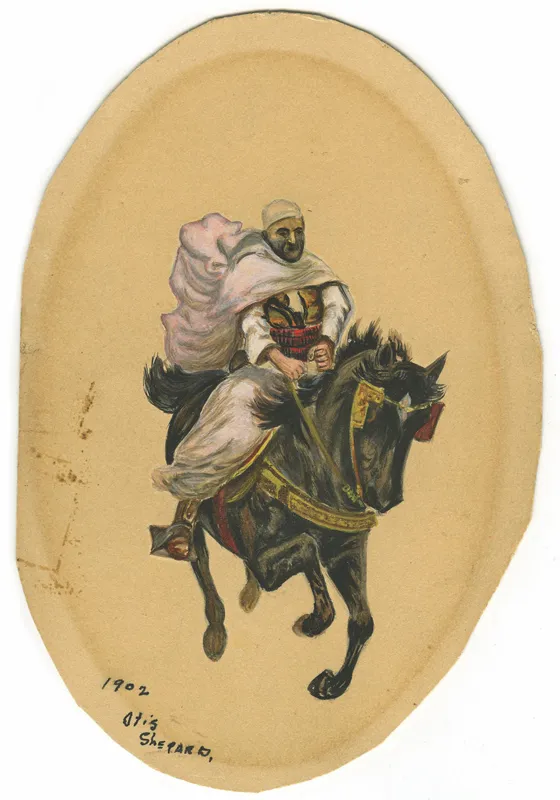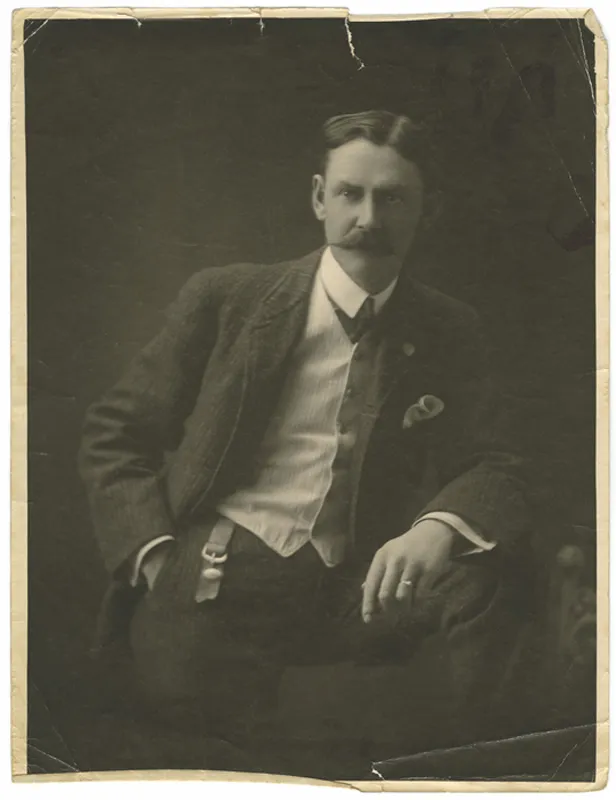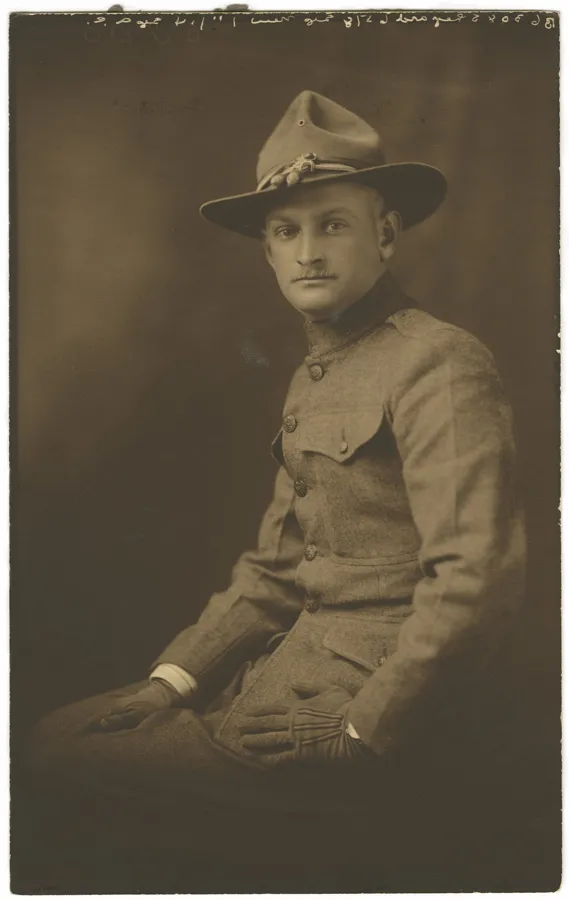![]()
Shep
From Kansas City to the trenches of World War I: the early life of a raconteur
![]()
An undated photograph of Shep.
The stories of Otis Shepard’s early life are almost too over-the-top to believe. What was documented in various profiles published during his life and in Otis’s own colorful autobiographical writings is vast—sometimes contradictory, but always entertaining.
Otis was born in 1894 in Smartville, Kansas. His mother, Nancy, was notoriously tough and was said to have killed a Native American who wandered into her kitchen one afternoon. His father, Lucius Franklin Shepard, was either a traveling salesman or a circus performer; his array of unusual skills included specialties in sword swallowing and fire eating. Some accounts claim that Lucius was an expert sprinter, others that he was a fabulous tenor singer or skilled pool player. A 1945 article in Sporting News quotes Otis—or Shep, as he was nicknamed—stating that one of his earliest memories was watching his father “run 45–60 balls to the distress, humiliation, and amazement of some local bumpkin.”1
In 1906, at age twelve, Shep left home, having completed only the fourth grade. He landed in El Paso, Texas, where he briefly worked at the Humphries Photoengraving Shop as an errand boy. “I was privileged to waste paper and ink in a one-man art department,” he later wrote.2 This was likely his first foray into the world of commercial art endeavors. After this, he was an assistant to a scenic artist and became interested in the stage. Then, in the latter part of 1906, he moved to California, settling in Napa Valley, where he worked with his uncle, who maintained vineyards. There, out in the quiet countryside, Shep and four-horse teams hauled wine between small and large wineries. After a year of this hard physical labor, he went south to San Francisco, where he secured jobs in the bubbling media world. Shep worked first at the Oakland Herald Tribune and then at the San Francisco Chronicle, where he became something of a teenage wonder, penning political and sports cartoons under the mentorship of the cartoonist Bud Fisher of Mutt and Jeff fame.
Shep and his mother, Nancy Shepard.
Shep’s astonishing early talent is on display in this drawing, done when he was just eight years old.
Fisher wasn’t the only Bay Area notable Shep encountered. One day, in Oakland, Jack London took young Shep out to the waterfront to give him a lesson in “what life is really like.” London picked a fight with the bartender and got badly beaten. Then, sitting on the curb nursing his wounds, London turned to Shep. “There, that’s what life is really like,” he said.
In 1909 Shep continued his education in drawing and printing by apprenticing for “an old German lithograph artist.”3 But he wasn’t done with the theater. Late 1909 found him with the Bishop Players Stock Company, first working on scenery and then, having been encouraged by the actors, taking the stage himself. He performed with them and also with local barnstorming companies in the area until 1912. His future boss, Charles Duncan, would later tell of Shep’s life during this period for a 1929 profile in Poster magazine:
After three years of adventures in theater, Shep “hung out . . . [his] shingle”5 as a freelance commercial artist. He spent five years on his own, during which time Duncan later described Shep as having completed “pen-and-ink sketches in a peculiar technique developed by himself—chiefly of furniture.”6 Duncan then hired him first as an artist, and then as art director and general manager of Foster & Kleiser Outdoor Advertising Company.
Lucius Shepard in the early 1900s.
After less than a year in the art department of Foster & Kleiser, working in a realistic, painterly style, Shep, now twenty-four, joined the army’s 115th Pioneer Engineers unit. In 1918 he shipped out from Hoboken, New Jersey, to France to fight in World War I. But Shep always liked a good time, so he didn’t leave without a going-away party and ceremony. Duncan, Shep’s drinking pal Davey Davenport, and various artists and actors went out to Golden Gate Park and buried Shep’s favorite golf club.
Shep the doughboy, sporting a debonair mustache, poses for an official army portrait in 1918.
Though he began with a pick-and-shovel assignment in the army, Shep eventually became the regiment’s official artist. He saw action on three major fronts: Meuse-Argonne, Marbache, and Metz. Through his drawings, Shep recorded everyday life on the ground; he also as...





